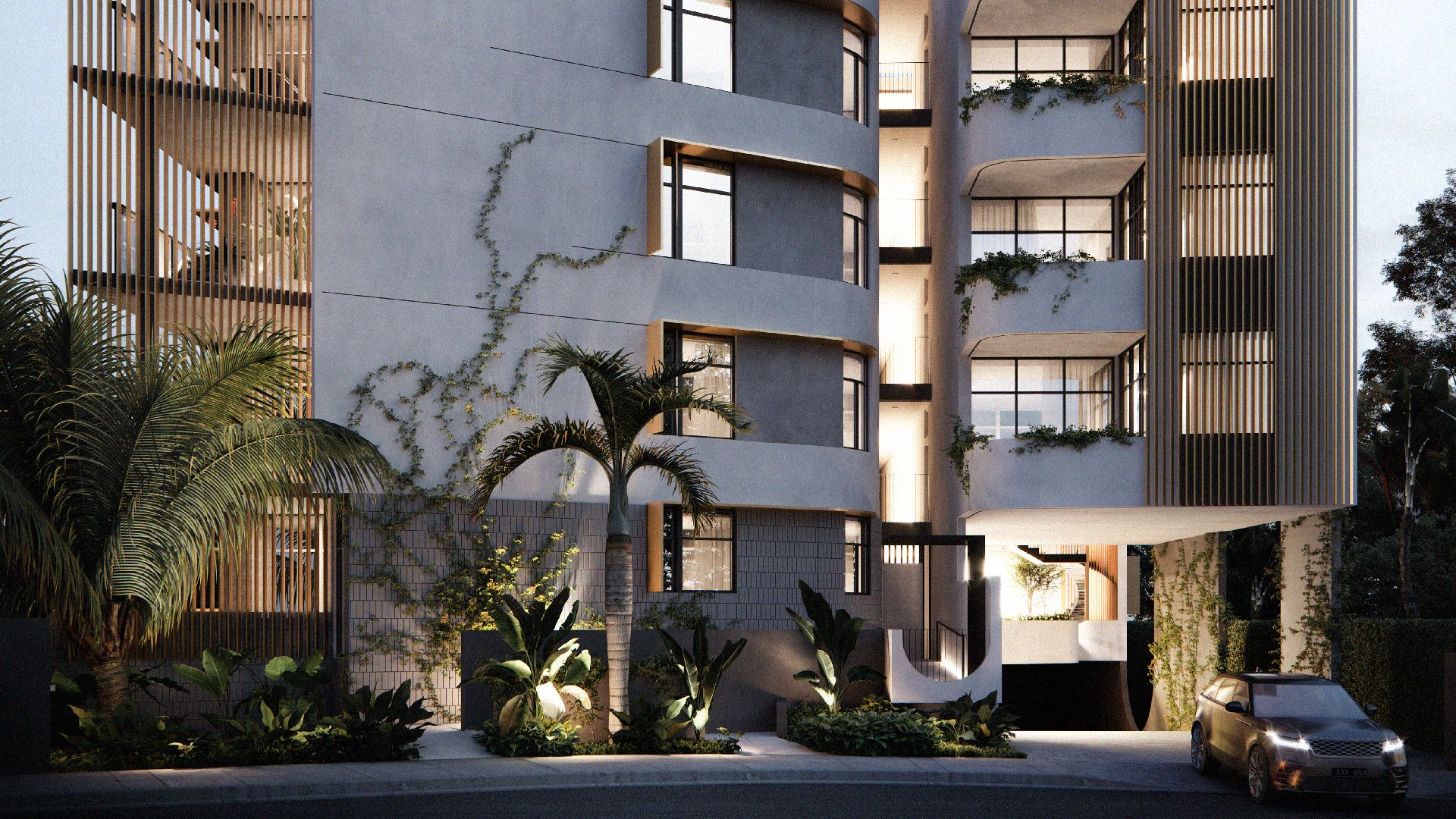

Whilst the entire residential property market around the country has taken a hit of some kind during the COVID-19 crisis, some are arguing that the rental market is the area in which the biggest impacts have been felt. Although growth in demand for rental property was strong prior to the pandemic, the market has been hit by both a confluence of crises, most notably Covid-19 job losses, confusing rental law changes in some states, border closures, the departure of foreign students and temporary workers, and last but not least, a flood of new properties into the rental market from previous Airbnb rentals. We look at these factors and which markets are being hardest hit below.
There are a number of issues which are causing the rental market to falter. As mentioned, the market was quite strong prior to the pandemic — values had been increasing since September 2019, with rent values increasing 0.5% in January 2020 — and was bolstered by the cyclical upturn of the markets and steady overseas migration (it has been documented that overseas migrants typically initially rent when they first arrive from overseas). However, from February onwards the market began seeing drops in rent values. A lot of this can be related to the Australian Bushfires affecting many regions throughout the country, even though it feels like these occurred an eon ago. In any case, many investors were seeing markets begin to cool already. And then COVID-19 hit.
Then the market was impacted by international and interstate migration being halted. International students went home, business trips were cancelled, and migrant numbers dropped off as borders closed worldwide. Interstate migrants similarly decided to stay home, and this was compounded when the state border lines were shut. This has caused more than one property to sit empty. On top of this, government policies restricted short-term rental arrangements causing any Airbnb rentals to convert to long-term rental supply — leaving yet more properties to sit empty.
Of course, then tenant and landlord protection laws were changed. This was a crucial step that needed to be taken to ensure the safety of residents as jobs were lost, but confusing briefings from the government lead to many disagreements and widespread confusion. Rising job losses did see some tenants negotiate lower rents, but many decided to find alternative accommodation such as moving back in with parents or with friends.
The impact on different regions varies significantly, particularly when you consider how much each area relied on tourism, migration, and other factors including FIFO (fly-in, fly-out) workers.
So far, most data is showing us that Sydney and Melbourne have been hardest hit. Preliminary listings data estimates that between the 22nd of March and the 26th of April, the number of properties for rent have increased 0.8% across Australia. This seems a modest number at first glance, but when we look at Melbourne and Sydney, rental listings rose 36.2% and 34.1% over this period respectively, both huge increases. We should note that this data was collected over the period in which the strictest lockdowns in business operations were enacted and border travel restrictions came into force.

As well as elevated levels of recently completed dwellings, part of the reason for higher vacancies in these areas is a decreased demand shock from employment and temporary restrictions on migration. Rental markets are particularly susceptible to declines in overseas migration, because the majority of new migrants seek rental housing upon arrival in Australia.
Further, areas that are vulnerable to job loss also have a high proportion of renting households. Between high levels of migration and susceptibility to job loss, inner city Sydney and Melbourne are already experiencing a sharp rise in rental supply.
For renters these increases in supply are good news, as this will drive rental prices down — something many people have been wanting for years. It is also likely that many people will be able to find rental properties closer to the city.
For the landlords in Australia though, this is bad news. As the supply of rental properties improves, we will no doubt begin to see downward pressure on rental rates, lowing returns for investors. Similarly vacant rental properties provide no return. If rental returns continue to remain low for an extended period, we can also expect to see property prices begin to reduce.
We would love to hear your thoughts on this project.
Have you visited this project recently, or perhaps you live nearby or bought in a neighbouring building? Tell us what you love about this project, or perhaps what you don't.